Alternative Dispute Resolution Services
Description
This is the traditional model where the mediator assists the parties in communicating their needs and interests so they can explore mutually acceptable resolutions. The mediator does not offer opinions or predict outcomes but facilitates the discussion.
Role of Mediator
Acts as a facilitator, encouraging open communication and helping parties understand each other's perspectives without directing the outcome.
Description
The mediator provides assessments of the strengths and weaknesses of each party's case and may offer opinions on likely outcomes if the matter were to proceed to litigation or formal adjudication.
Role of Mediator
Takes a more active role in evaluating the merits of each side's position and guiding parties toward realistic resolutions based on legal precedents and probable outcomes.
Description
Focuses on changing the relationship between the parties through the mediation process. The goal is to empower the parties and encourage mutual recognition, beyond simply resolving a specific dispute.
Role of Mediator
Helps parties recognize each other's needs and interests, fostering empowerment and recognition, allowing parties to change their interactions and decisions.
Description
This style involves the parties telling their story or version of events. The mediator helps reframe the narratives to reduce conflict, emphasizing points of agreement and understanding.
Role of Mediator
Assists in reshaping the narratives and perceptions that may have contributed to the conflict, helping to find a common ground rooted in a shared story.
Description
Involves a combination of different mediation styles, tailored to the specific needs of the mediation process at hand. A common example is med-arb, where parties agree to switch from mediation to arbitration if mediation fails.
Role of Mediator
Adapts between roles, sometimes switching from a mediator to an arbitrator, or integrating evaluative and facilitative techniques as needed.